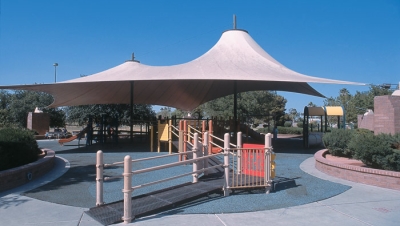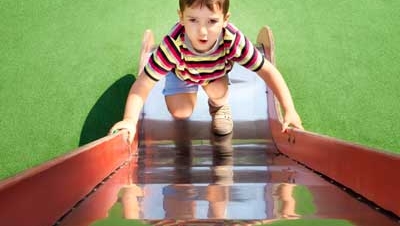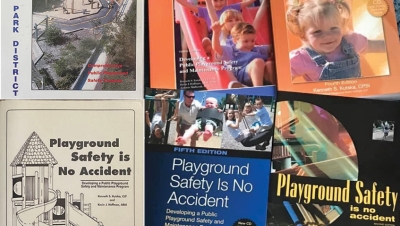Once you have an injury accident on your playground, it triggers a series of events and actions that will consume your time, your staff's time, your facility’s reputation and bottom financial line.
Here is how it all starts. A child is injured for one reason or another. The accident may happen at a school during a recess or at a local park which is open to the public. It might even happen at a playground in an apartment project.
If the injury happens at a school, the staff will probably be present and have immediate access to witnesses and the condition of the playground. If staff is not present, you may not learn of the accident until a later date and after the injured child's parents have retained an attorney.
Attorneys have a duty to conduct a thorough investigation into the facts of the matter. They may retain a safety investigator or playground consultant knowledgeable in playground safety standards and guidelines to conduct the investigation.
The investigation of any playground injury case centers around four issues:
- Was the playground and equipment properly designed, installed and age appropriate for the child injured?
- Was the playground and equipment properly maintained?
- Was the playground surface a safe surface?
- Was there proper supervision?
If one or more of the above questions posed results in a negative answer, there may be negligence and liability if the injury was a direct result of non-compliance with recognized playground safety standards and guidelines.
What can a playground manager do to minimize the risk of litigation? Become familiar with the standards and guidelines pertaining to playgrounds and equipment. Where do you go for these standards? You can contact one of the following organizations:
Consumer Product Safety Commission (CPSC)
The mission of the CPSC is to protect the public from risk of injury from defective or unsafe consumer products. Unsafe playground equipment can be recalled by the CPSC. Online searches of the CPSC's website can be conducted to see if the piece of equipment has been issued a recall by the CPSC.
The CPSC issues voluntary safety guidelines for playground equipment. These guidelines are contained in the publication, Handbook for Public Playground Safety. It covers the layout and design of equipment, installation, and maintenance, general hazards associated with all major types of equipment, surfacing and use zones. Copies of the handbook are free upon request from the CPSC.
Although the CPSC's guidelines set forth in the Handbook for Public Playground Safety are voluntary, some states have adopted them as the law of the land.
American Society for Testing Materials (ASTM)
A standard that all playground managers should be familiar with is the current version of ASTM F 1487 Standard Consumer Safety Performance Specifications for Playground Equipment for Public Use. This standard is part of the basis for certification as a Certified Playground Safety Inspector through the National Playground Safety Institute.
National Playground Safety Institute (NPSI)
The National Playground Safety Institute is a program of the National Recreation and Parks Association. NPSI offers a two-day training program followed by a certification exam. Students are sent study materials in advance of the program, and classroom and field inspection study at a local playground are followed by an extensive exam. Successfully passing the exam earns the student the title of Certified Playground Safety Inspector.
National Program for Playground Safety (NPPS)
This program is an excellent source of information for those concerned with playground safety. The NPPS serves as a national clearinghouse of safety information. The program has been administered since 1995 by the University of Northern Iowa and is funded by a grant from the Centers for Disease Control and Injury Prevention (CDC). Its school is conducted twice a year. A certification test follows the four-day course instruction, which includes hands-on inspection training at a local playground.
Why should you as the responsible person for your playground be trained and educated in playground safety standards and guidelines? The answer is simple. It will reduce injuries at your playground and keep you out of litigation.












Add new comment